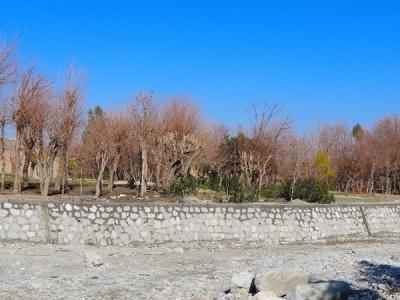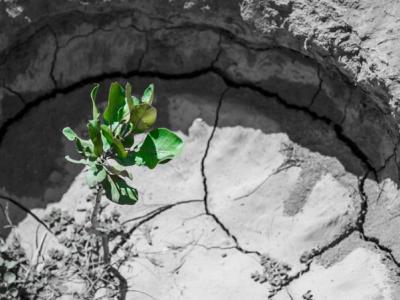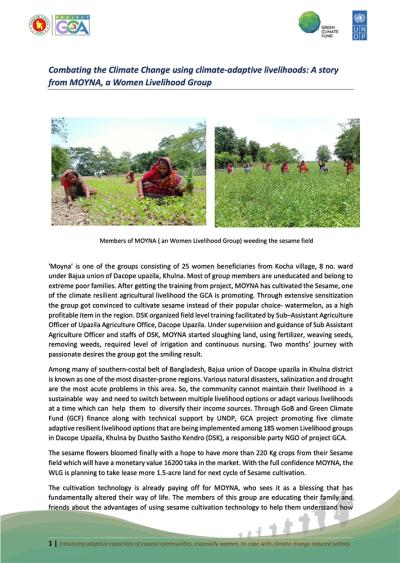Afghanistan is a landlocked country located along historic trade routes leading from Central Asia into South Asia. A turbulent history has impeded development within the country, and the international community is engaged in efforts to secure Afghanistan’s borders and improve governance capacity. Although there are some indications of improvements within the areas of health and education, Afghanistan continues to have one of the highest child mortality rates in the world; life expectancy hovers around 44 years for men and women (USDS, 2010). Agriculture contributes an estimated 31 per cent to the country’s Gross Domestic Product, and approximately 85 per cent of Afghans depend on primarily rain-fed agriculture and agribusiness for their livelihoods (USDS, 2010). Additional industries include natural gas, coal and copper, as well as small-scale production of textiles, furniture, and cement.
Afghanistan’s climate is continental, with temperatures ranging from 30°C in summer to -20°C in winter. In spring, late frost can affect agriculture, mainly fruit production. Average annual rainfall is estimated at around 250 mm and varies in different parts of the country from 1200 mm in the higher altitudes of the northeast, to 60 mm in the southwest. Snow falls regularly in the mountainous regions and higher altitudes of the Northeast and the Central Highlands, while the rest of the country has varying snow fall. Annual evapo-transpiration (ETP) rates are relatively low in the Hindu-Kush (900 – 1,200 mm) due to long and severe winters. They vary between 1,200 mm and 1,400 mm in the northern plains and reach up to 1,800 mm in the southern and south-western plains.
Damaging earthquakes occur in the Hindu Kush mountains. Major environmental issues inlude flooding, droughts, limited natural fresh water resources; inadequate supplies of potable water; soil degradation; overgrazing; deforestation (much of the remaining forests are being cut down for fuel and building materials); desertification; air and water pollution, changing of grazing land and forests to crop cultivated land, no proper irrigation systems and water distribution rights. For full information: ICIMOD - Afghanistan
Active Projects
Projects Completed
Latest Updates
See allLatest Publications
See all'Moyna' consists of 25 women beneficiaries from Kocha village in Dacope upazila, Khulna. Most group members are uneducated and belong to extremely…







